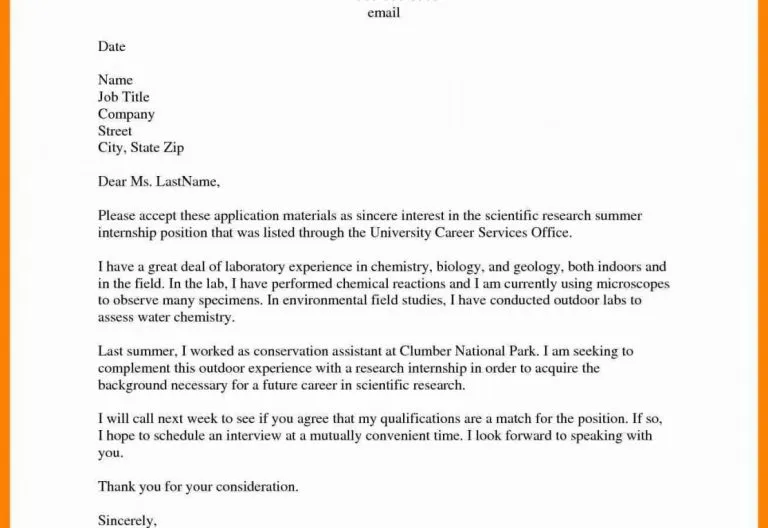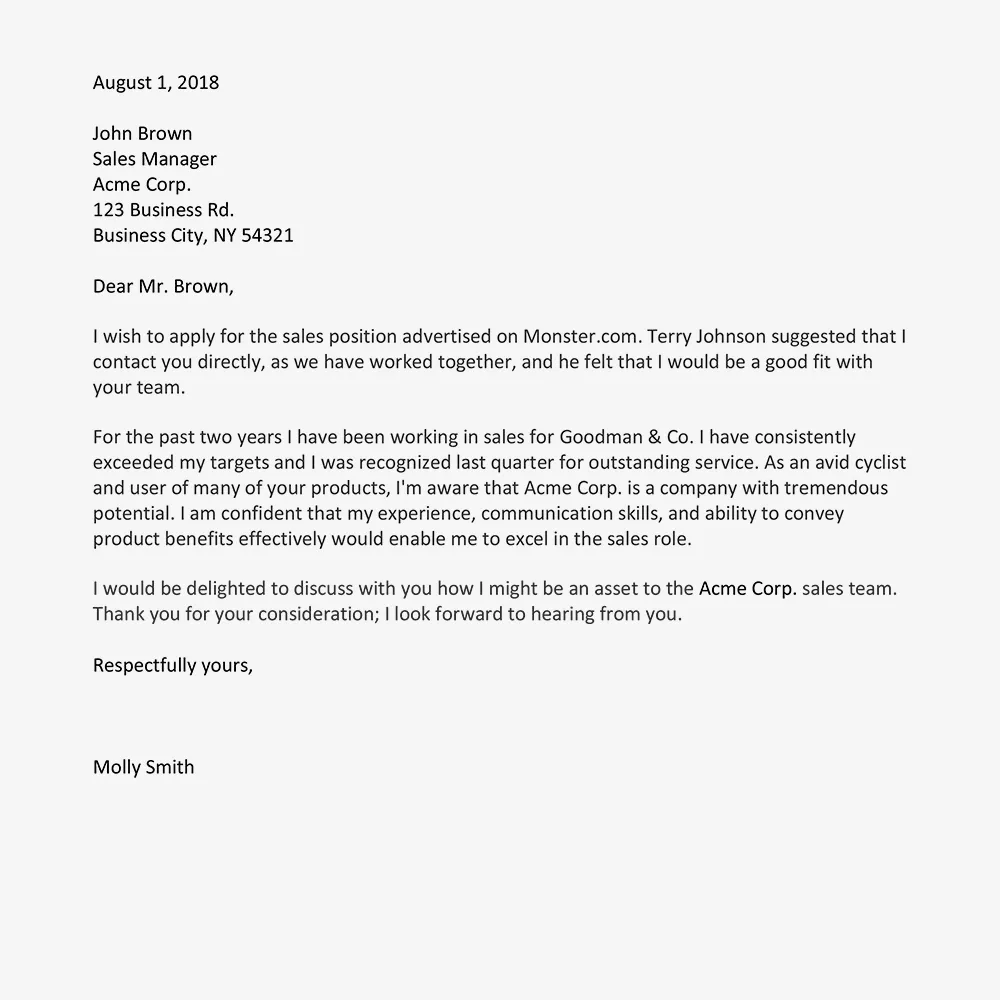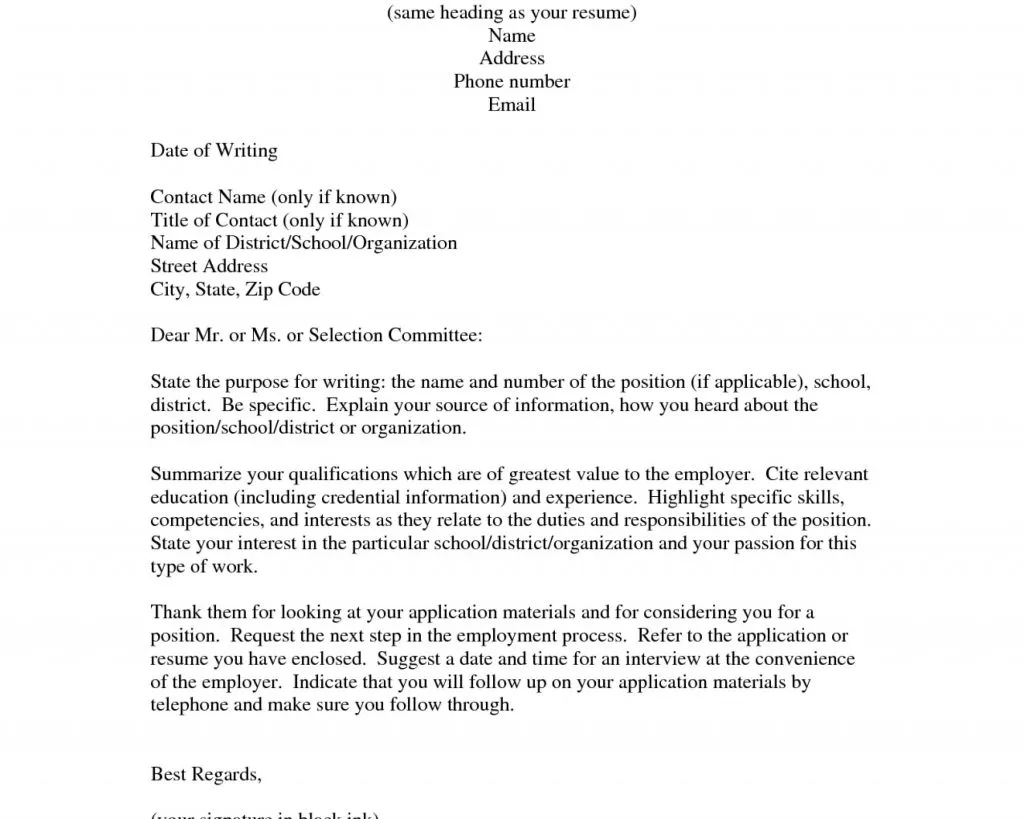Essential Cover Letter Headings What to Include
A cover letter heading is the first thing a hiring manager sees, and it sets the tone for the entire document. A well-structured heading provides essential information, presents a professional image, and makes it easy for the recipient to understand who you are and how to contact you. It’s more than just a formality; it’s a critical component that can significantly influence whether your application gets a second look. By carefully crafting the heading, you demonstrate attention to detail and a commitment to presenting yourself in the best possible light. This is your first opportunity to make a strong impression, so ensure you include all the necessary elements to grab the reader’s attention and encourage them to delve deeper into your qualifications. A strong cover letter heading is the foundation of a compelling application.
Your Contact Information in the Cover Letter Heading
Your contact information is crucial in the cover letter heading. It allows the hiring manager to quickly and easily get in touch with you. Include your full name, professional email address, and phone number. This information should be clearly visible and easy to read. Consider adding a link to your LinkedIn profile to provide a quick way for the hiring manager to learn more about your professional background. Make sure your email address is professional; avoid using nicknames or informal language. The goal is to make it simple for the employer to reach out, so accuracy and clarity are paramount. Double-check all contact details to ensure there are no errors, as even a small mistake can prevent you from receiving a callback or email.
Formatting Your Contact Information

Consistency in formatting is key to a professional appearance. Use a clear and readable font, and ensure your contact details are aligned consistently, typically left-aligned or right-aligned. Avoid using excessive formatting or styles that could distract from the information itself. Keep it clean and straightforward, making it easy for the reader to quickly scan and find the details they need. A well-formatted heading indicates that you are organized and pay attention to details. Ensure the font size is appropriate, usually between 10 and 12 points, and the color is easy to read against the background. Proper formatting demonstrates professionalism and attention to detail, setting a positive tone for the rest of your cover letter.
Date Placement and Formatting in Headings
The date is another critical element in your cover letter heading, typically placed below your contact information. The date is necessary because it shows when the letter was written and is important for record-keeping and tracking purposes. The date formatting should follow a standard format, such as Month Day, Year (e.g., June 15, 2024). Avoid using abbreviations or non-standard formats, as they can appear unprofessional. Align the date to either the left or right side, maintaining consistency with the rest of the document. The date’s placement helps to frame the letter and provides immediate context. Ensuring the date is accurate and correctly formatted demonstrates professionalism and attention to detail, which is essential for any job application. Double-check the date to confirm that it’s correct before sending your application.
Recipient’s Details Addressing the Hiring Manager
Addressing the recipient correctly is a crucial part of the cover letter heading. If you know the hiring manager’s name, use it; a personalized approach shows you have taken the time to research the company and the role. Start with “Dear Mr./Ms./Mx. [Last Name]” to demonstrate respect. If you cannot find the hiring manager’s name, use a professional greeting such as “Dear Hiring Manager.” Avoid generic greetings like “To Whom It May Concern,” which can appear impersonal. Researching and addressing the recipient by name creates a positive impression. Addressing the hiring manager by name personalizes your cover letter, making it more engaging and showing that you have taken the initiative to find out who will be reading your application.
Company Address Proper Formatting Tips

While not always required, including the company address can add a layer of professionalism, especially when applying via mail. If you include the company address, ensure it is formatted correctly, following the standard business letter format. Place the address below the date or the recipient’s details. The format typically includes the company’s name, street address, city, state, and zip code. Always verify the address’s accuracy to avoid potential delivery issues or a negative first impression. The address should be clearly and concisely presented. A well-formatted company address is a sign of attention to detail, which can significantly enhance your application’s overall professional appearance.
Using a Professional Salutation
The salutation is your greeting to the hiring manager and should set a professional tone. The most common and acceptable salutation is “Dear Mr./Ms./Mx. [Last Name],” as it demonstrates respect and personalization. If you do not know the hiring manager’s name, a safe alternative is “Dear Hiring Manager.” Avoid informal greetings or casual language, such as “Hi” or “Hello.” The salutation should align with the level of formality expected by the company. Always double-check the name and title to avoid any errors, as this can reflect poorly on your attention to detail. A well-crafted salutation sets a positive tone for the rest of your letter, making a great first impression.
Selecting the Right Tone for Your Salutation
The tone of your salutation should align with the company culture and industry standards. When in doubt, err on the side of formality, especially if you are unsure of the company’s preferences. Using “Dear” followed by the hiring manager’s name or title demonstrates respect and professionalism. Consider the industry; some industries, such as technology or creative fields, may allow slightly less formal greetings, but it is always best to be cautious initially. Adapt your tone appropriately to reflect professionalism. Remember, the tone you set in your salutation will influence the reader’s perception of you, so choosing the right tone is crucial for making a positive impression.
Subject Line Crafting a Compelling Introduction

The subject line, often overlooked, provides a concise summary of the letter’s purpose and is placed above the body of your letter. A strong subject line makes it easy for the hiring manager to understand the context of your application quickly. It’s the first impression after the heading, so ensure it’s clear, concise, and relevant to the job. The subject line should clearly state the position you are applying for and may include the job reference number, if provided. Avoid vague or generic subject lines; instead, be specific and use keywords from the job description to attract the reader’s attention. The subject line serves as a mini-introduction, ensuring your application gets noticed and is routed correctly. A well-crafted subject line can significantly improve the readability of your cover letter.
Subject Line Examples and Best Practices
Here are some examples of effective subject lines for your cover letter. Use specific and relevant keywords to catch the hiring manager’s attention. For example, if you’re applying for a marketing position, consider subject lines such as “Marketing Specialist Application,” “Application for Marketing Manager Position,” or “[Your Name] - Marketing Position Application”. If a job reference number is provided, include it in the subject line, such as “Application for Position #12345 – [Your Name].” Always keep your subject line concise, typically limited to one line. Ensure it directly relates to the job you’re applying for. Properly formatted subject lines quickly inform the reader about the application, increasing the chances of it being read. Using a compelling subject line makes your application stand out.
In conclusion, a well-crafted cover letter heading is much more than just a formality. It’s a strategic component that helps you make a strong first impression, provides essential contact information, and ensures your application is professionally presented. By including all the necessary elements—your contact information, the date, the recipient’s details, a professional salutation, and a compelling subject line—you enhance your chances of getting your application noticed. Pay attention to formatting and tone to maintain consistency and demonstrate your attention to detail. Mastering the art of cover letter headings can significantly increase your prospects of landing an interview and securing your dream job. Remember to customize each heading for every application, reflecting your professionalism and respect for the potential employer.
